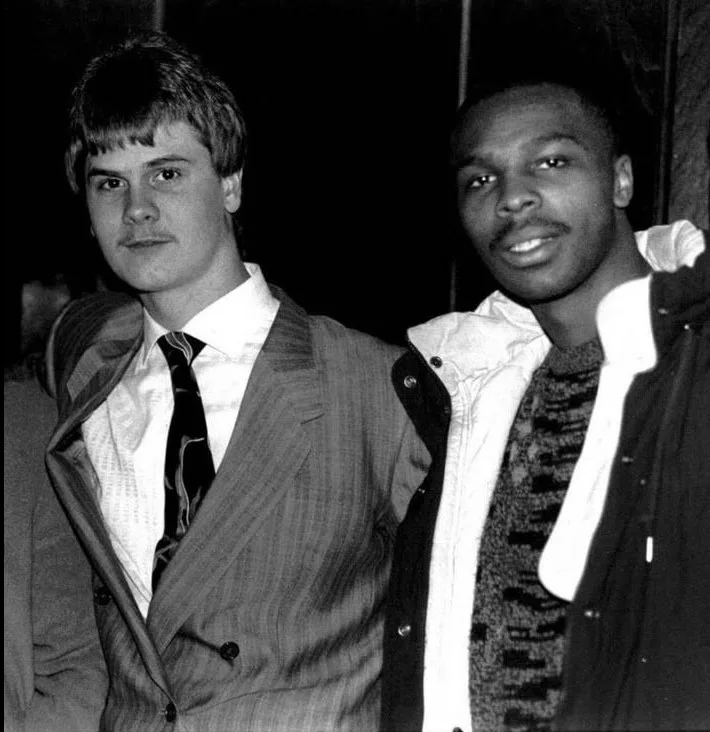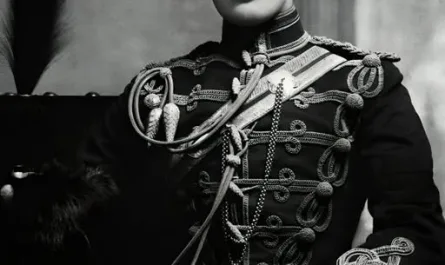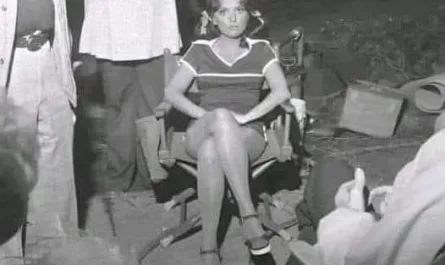Detroit, 1987. Crack was eating the city alive. Drive-by shootings were so common that mothers kept their kids on the floor at night. The police were outgunned, outmanned, and (in too many cases) on the take. Into that war zone walked a skinny white kid from the east side who looked about twelve but carried himself like he belonged.

His real name was Richard Wershe Jr. Everyone just called him Rick.
At fourteen he was already hanging around the Curry brothers’ gang, one of the most feared crews in the city. He had long hair, a baby face, and a mouth that never stopped running. The Currys loved him; he could walk into any dope house on the East Side without raising eyebrows. The perfect undercover asset.
That’s exactly what the FBI thought.
In 1984, an FBI-led task force recruited him. They gave him a handler, promised him protection, and sent him deeper than any adult informant would ever dare go. By fifteen he was buying guns for the gang, driving stash cars, and wiring up for conversations with murderers. He helped put away cops, dealers, even the relatives of Mayor Coleman Young. The feds called him their “best and brightest.”
Then, in 1987, at seventeen, Rick made a choice the FBI never saw coming: he started telling the truth about what he was seeing, crooked Detroit cops taking bribes, evidence disappearing, hits being ordered from inside precincts. Worst of all, some of the dirt led straight to people very close to the mayor.
Suddenly the golden boy became a liability.
A few months later, in May 1988, a drug task-force raid (conveniently tipped off by his former handlers) found Rick with 17 pounds of cocaine and $30,000 cash. The same agencies that had taught him the trade now splashed his face across every TV station: “WHITE BOY RICK: TEEN DRUG KINGPIN CAUGHT.”
The headlines wrote themselves. The truth didn’t.
Prosecutors called him the biggest dealer in Detroit. They never mentioned that the kid had never been arrested before, had no prior record, and was still too young to vote. They never explained why a supposed “kingpin” lived in the same broken-down house on Hampshire Street with his dad and sister, driving a used Buick with bald tires.
In Michigan at the time, possession of over 650 grams of cocaine carried a mandatory sentence of life without parole, a law written for traffickers, not teenagers. In 1988, Rick became the only juvenile in state history to get it.
His FBI handlers never testified. His juvenile status was ignored. The judge threw the book, and the cell door slammed shut on a seventeen-year-old who still had braces on his teeth.
Rick spent the next thirty years in prison: thirty years watching his mother die of cancer, his sister spiral into addiction, his childhood friends get murdered or paroled. He became the longest-serving juvenile drug offender in Michigan history.
In 2017, after mountains of documentaries, lawsuits, and public outrage, the parole board finally let him out at age forty-eight. The same system that used a child as a weapon had kept him caged long after the real kingpins were dead or free.
Today Rick lives quietly in a small apartment, still adjusting to smartphones and streaming services. He doesn’t talk much about revenge. He just repeats the same line when people ask how it felt to be betrayed by the people who swore to protect him:
“They needed a monster for the headlines. They already had the monster. They just put my face on it.”
White Boy Rick wasn’t a drug lord. He was collateral damage in a war nobody bothered to tell him was already over.





